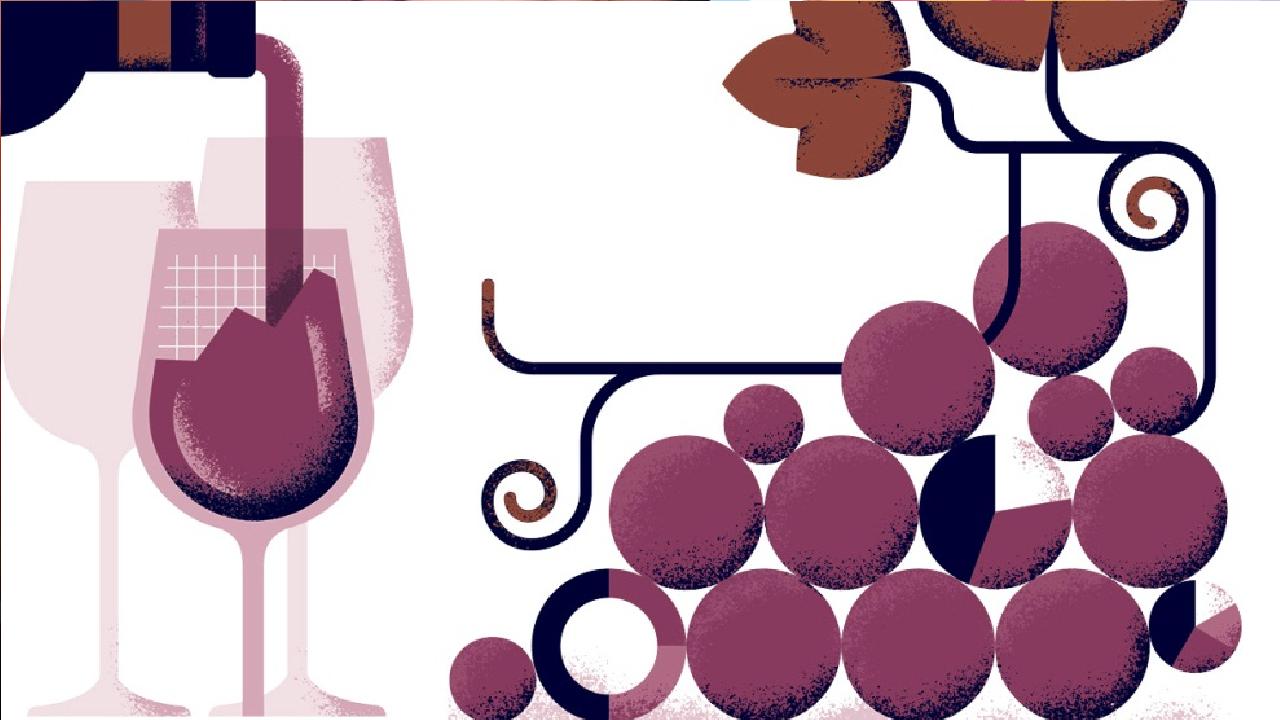Charles Winn notes that the issue is accompanied by a continually growing global demand for this particular asset

Representational Image
There are two fundamental factors associated with fine wine purchases for collectors: supply and demand. Fine wine matures and improves with age, thus making it more desirable and valuable as time passes. However, the consumption of fine wines increases the rarity of certain vintages, which forces prices to rise as more investors try to find rarer wines.
ADVERTISEMENT
Charles Winn notes that the issue is accompanied by a continually growing global demand for this particular asset. A highly regarded international banking company recently produced a report addressing the status of the international wine market, asserting that a worldwide shortage of wine is inevitable. As it stands, demand is exceeding supply, and in 2012 the shortfall amounted to around 300 million cases.
The system of various Appellations d’OrigineContrôlée (AOC) places strict limitations on which wines can be produced, where they can be produced, and how they ought to be categorized. This also limits the available volume. An example of this is that there are no more Grand Cru vineyards in which to develop in Bordeaux.
In 1855, the French government strictly limited the number of wines that could be produced in certain vineyards, the most famous being for red wines of Medoc and the sweet wines of Sauternes. The intention was to guarantee that quality would never be compromised by the quantity. At the time, quality was determined by brokers who carefully considered each château and its trading prices.
A great example of the classification is Chateau d’Yquem. The wines made at Chateau d’Yquem are arguably the world’s greatest sweet wines. When chateaux of the Medoc were classified in 1855 the leading estates of the Sauternes region were also graded, the legendary chateau d’Yquem being classified Grand Premier Cru Classe - placing the estate above the First Growth red wines in a class of its own! As a result of the rotting and shrivelling of the grapes used to make the wine and the incredibly careful selection, ensuring only the best fruit goes into the final wine, the estate produces less than 9,000 cases of wine a year from its expansive 103 hectare vineyard.
For collectors that have purchased through Charles Winn, the general consensus is the best vintages have always appeared to provide the best returns, and market transparency regarding tastings and critic scores is growing. As a result, it appears that producers have acknowledged the importance of sustaining and improving the excellence of their brands.
France is the biggest producer of fine wine, but domestic wine production fell by 12.52% between 2009 and 2012. This indicates that the top wines, although limited in supply, are experiencing increasing demand, which has further elevated their value.
This story has been sourced from a third party syndicated feed, agencies. Mid-day accepts no responsibility or liability for its dependability, trustworthiness, reliability and data of the text. Mid-day management/mid-day.com reserves the sole right to alter, delete or remove (without notice) the content in its absolute discretion for any reason whatsoever
 Subscribe today by clicking the link and stay updated with the latest news!" Click here!
Subscribe today by clicking the link and stay updated with the latest news!" Click here!







